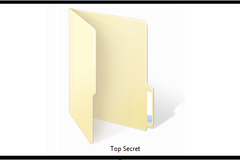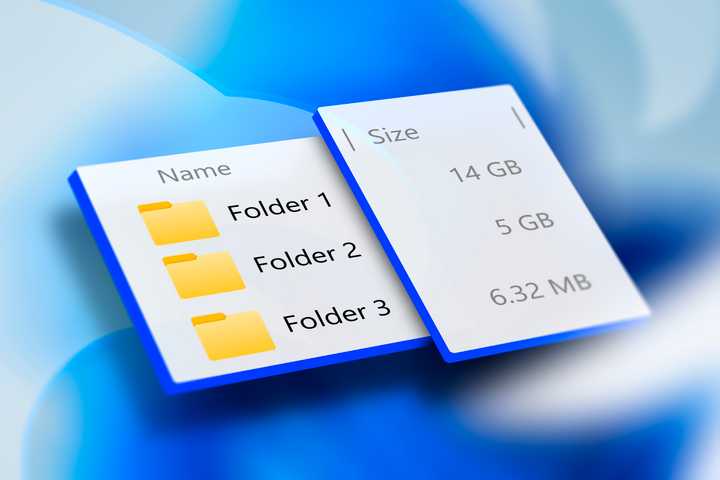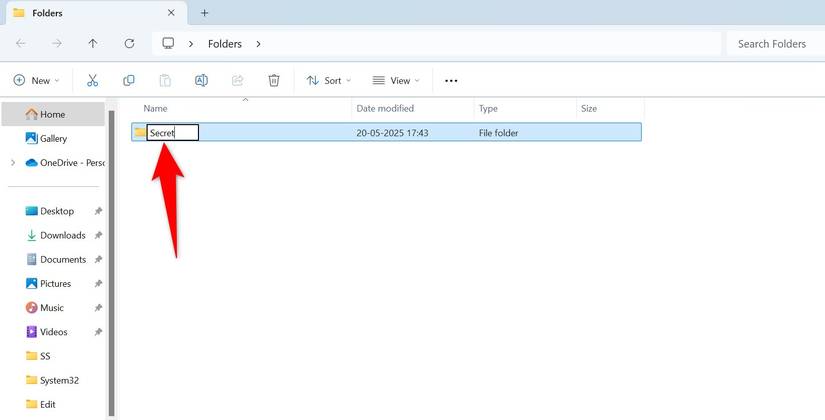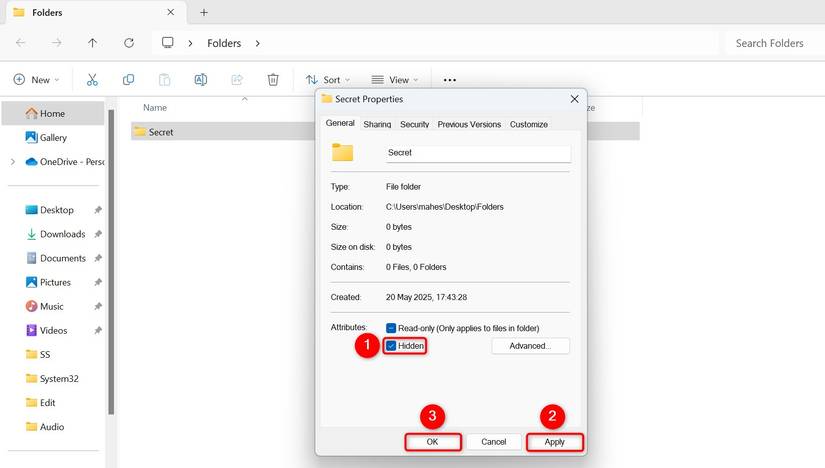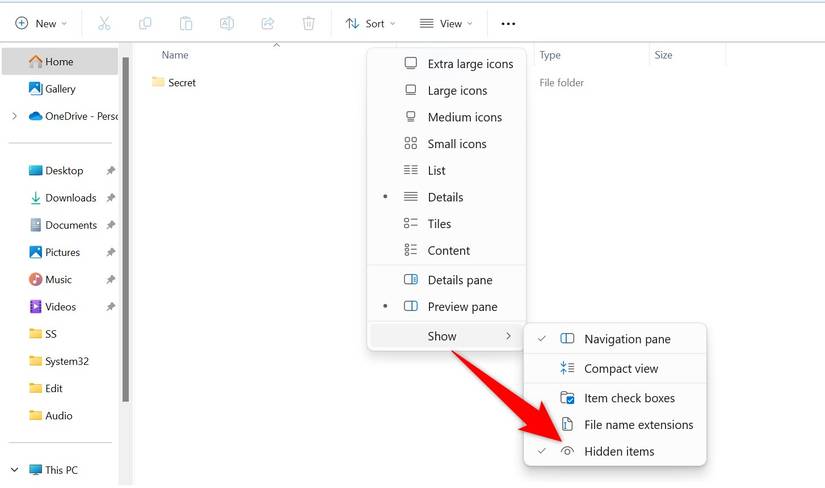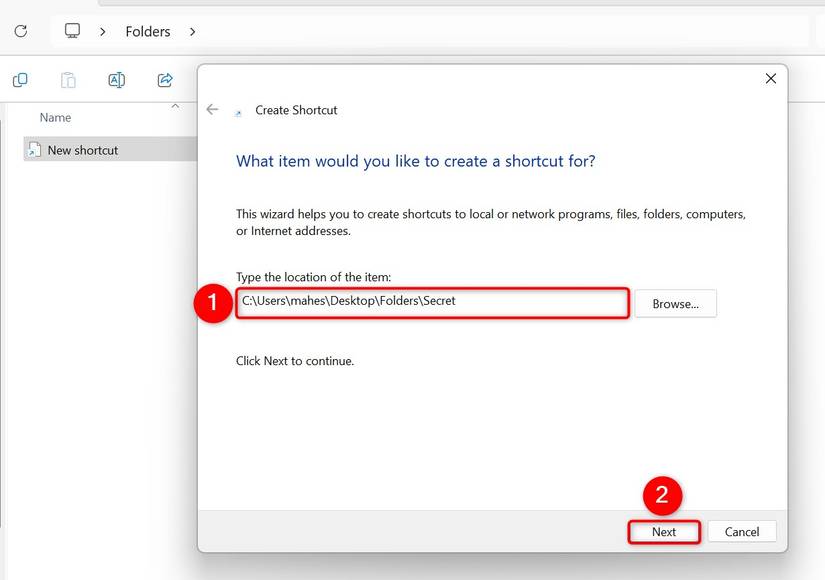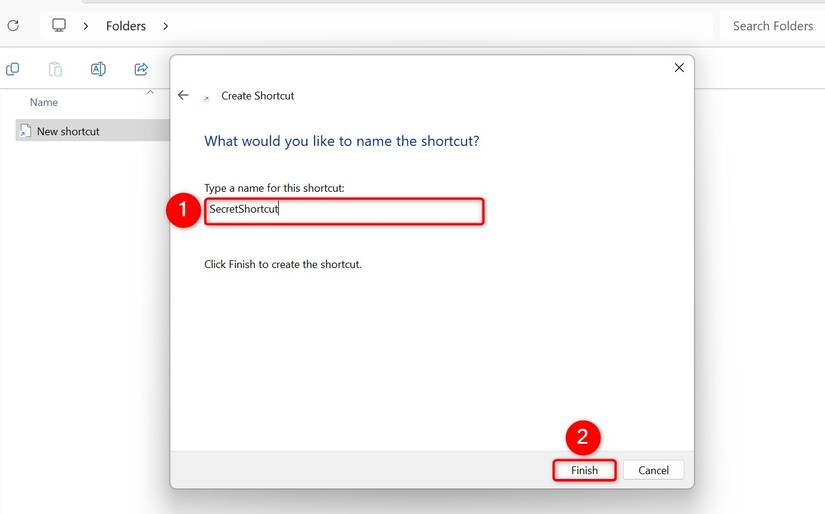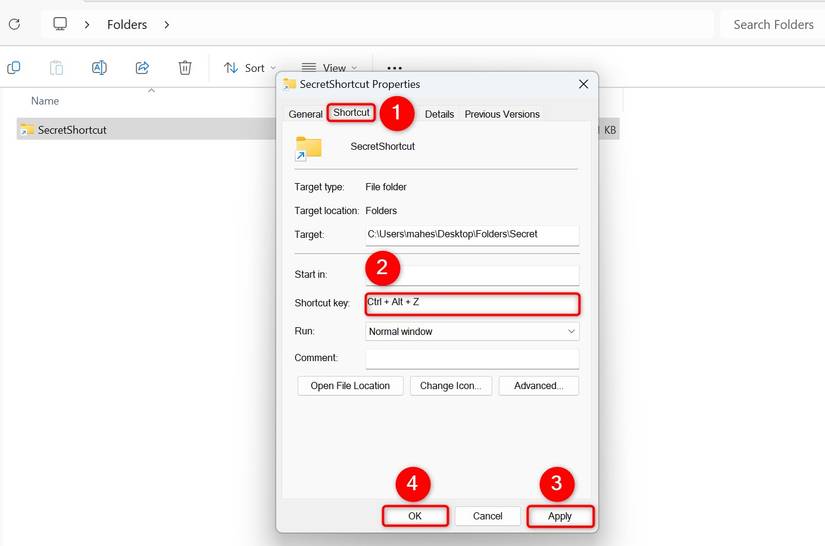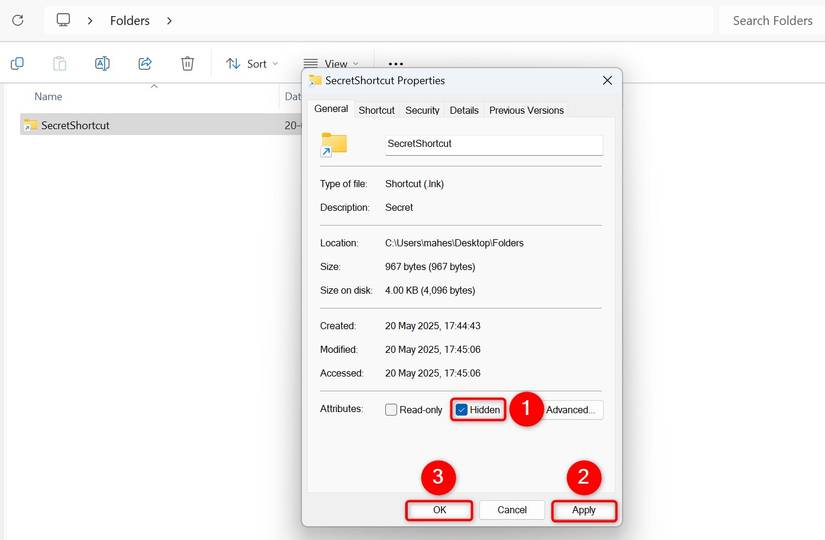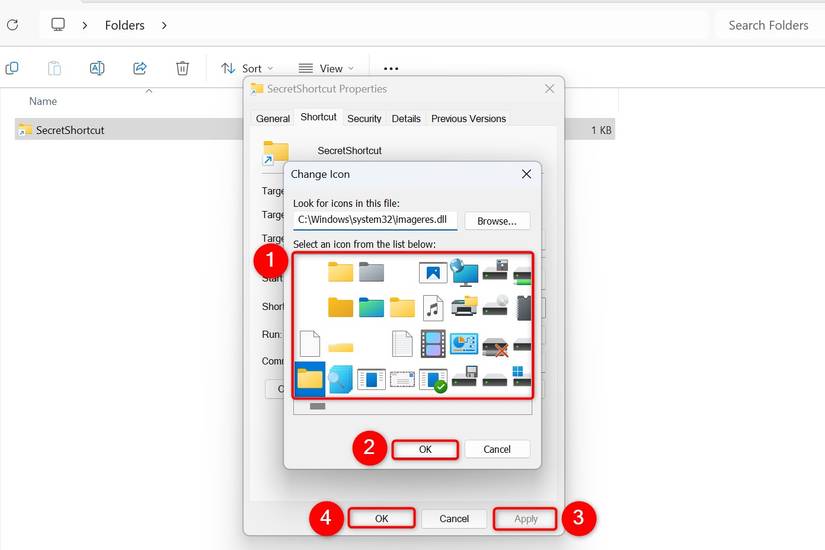Summary
- To hide a folder, create the folder, right-click it, select "Properties," enable "Hidden," and choose Apply > OK.
- Create a shortcut to the folder, right-click it, select "Properties," click "Shortcut Key," press the key combo to assign, and select Apply > OK.
- Hide the shortcut by right-clicking it, choosing "Properties," enabling "Hidden," and selecting Apply > OK.
Do you want to hide your files inside a folder that only opens with a keyboard shortcut? If so, you have a quick and easy way to do that on your Windows 11 PC. You don’t need a third-party app to accomplish the task.
This method doesn’t actually lock your folder. It only hides your folder’s visibility. Certain programs may still be able to display your hidden folder.
Step 1: Create a Folder and Make It Hidden
The first action to perform is to make your folder and then hide it. To do that, get to your desktop or any other location where you want to store the folder. Right-click anywhere blank on the screen and choose New > Folder. Type a name for the folder and press Enter.
You’ll now hide the folder. Right-click the folder and choose "Properties." In the General tab, enable the "Hidden" option. Then, at the bottom, choose "Apply" followed by "OK."
You’ve successfully hidden your folder.
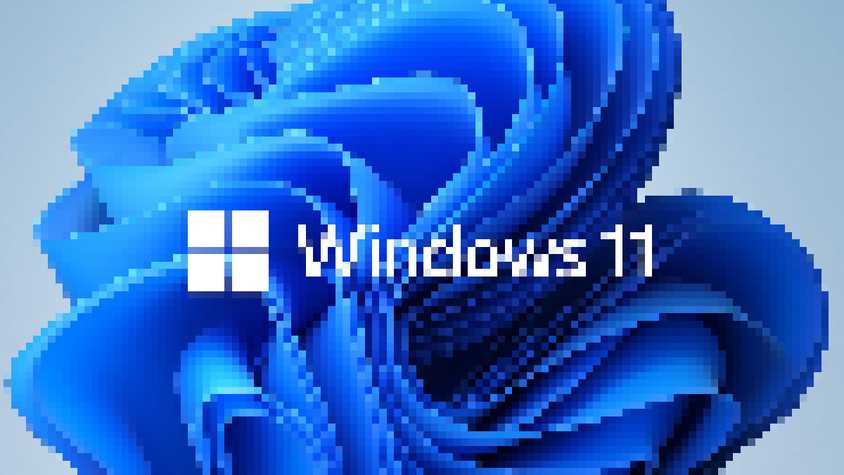
How to Hide Sensitive Information in Photos on Windows 11
Don't let the world know your credit card number.
Step 2: Disable Hidden Items Visibility in File Explorer
You’ll notice you can see your folder even though it’s hidden. This is because File Explorer is set to show hidden items. To change that, open a File Explorer window by pressing Windows+E. In the top toolbar, select View > Show and choose "Hidden Items."
File Explorer now won’t show hidden items. Your folder is no longer displayed in File Explorer.
Step 3: Create a Shortcut to Your Folder
To assign a keyboard shortcut to your folder, you’ll have to create a shortcut to your actual folder. This is because you can’t assign keyboard shortcuts to folders.
Get to your desktop or another place where you want to store the shortcut to your folder. Right-click anywhere blank and choose New > Shortcut. Select the "Type the Location of the Item" field and type the full path to your folder. Then, click "Next."
Select the "Type a Name For This Shortcut" field and type a name for the shortcut. Then, choose "Finish."
Step 4: Assign a Keyboard Shortcut to the Folder Shortcut
You’ll now assign a keyboard shortcut to your folder shortcut. To do that, right-click your folder shortcut and choose "Properties." Access the "Shortcut" tab and click the "Shortcut Key" field. Press the key combination you’d like to use to open your hidden folder.
Choose "Apply" followed by "OK" to save your changes.
From now on, you can press the key combination you just specified to open your hidden folder. Make sure you do not remove the folder shortcut, as the keyboard shortcut is assigned to this folder shortcut.
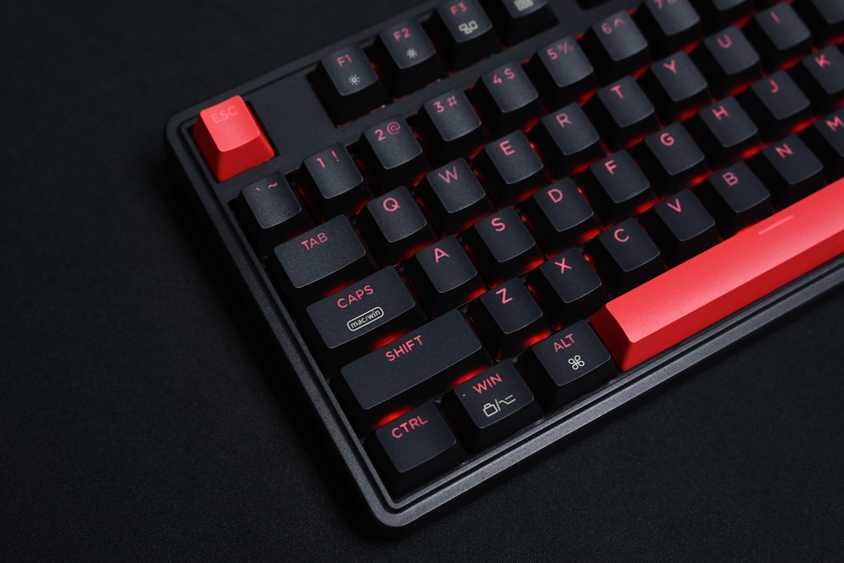
8 Things to Do If a Keyboard Shortcut Is Not Working On Windows 11
Can't seem to get a shortcut to work in Windows 11?
Tip: Make Your Shortcut Less Obvious
Your folder is hidden, so people can’t see it, but what about the shortcut to your folder? It’s right there in plain sight. You can hide this shortcut or customize it so people can’t easily access it.
To hide your folder shortcut, right-click the shortcut and choose "Properties." In the General tab, enable the "Hidden" option. Then, choose "Apply" followed by "OK."
If you don’t want to hide the shortcut, you can disguise it. You can rename it to System Log, Driver Log, System Tools, or something like that, so people are less likely to access it. You can also change the shortcut’s icon by right-clicking it, selecting "Properties," accessing the "Shortcut" tab, clicking "Change Icon," and choosing an icon.
Make sure to click "OK," "Apply," and "OK" to save your changes.
Know That Your Hidden Folder Is Still Accessible
Just because you’ve hidden your folder doesn’t mean it’s inaccessible. Other file managers can still access your hidden folder. If someone sets File Explorer to show hidden items, your folder will become visible.
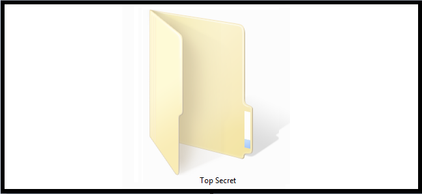
Make a Super Hidden Folder in Windows Without any Extra Software
Almost anyone knows how to make a "hidden" folder in Windows, but then again almost anyone knows how to make explorer show hidden folders.
This is actually a lightweight way to hide your folder; not strictly locking the folder. We have a guide on ways to hide files and folders on Windows 11 that explains how to actually lock your private items.
And that’s how you hide a folder and make it only open when you press the pre-assigned keyboard shortcut. If you store files on a USB drive, you can encrypt your USB drive files to protect them.




